|
|
|
Nickerson Beach in August is a bird photographer’s paradise. Clockwise from top left back to the center: Black Skimmer with tiny fish for chick (400-800 at 800mm); Great Black-backed Gull juvenile playing with seaweed (400-800 at 800mm); American Oystercatcher head portrait (400-800 at 800mm); Common Tern landing at nest with fish for chick (400-800 at 750mm); American Oystercatcher in fresh juvenal plumage (400-800 at 457mm); small Common Tern chick (400-800 at 800mm); Common Tern fledged flying young (400-800 at 800mm); Black Skimmer adult with needlefish for chick (300mm f/2.8 GM w/1.4X TC at 420mm); Common Tern on snow fence post at sunset (300mm f/2.8 GM w/2x TC at 600mm). Be sure to click on the composite to enjoy a larger version. |
From the First Three Days
After two pretty good cloudy sessions, conditions the last few mornings have been good: sunny with a northeast wind usually switching to east. A strong east wind has made sunny afternoons challenging. I’ve managed to make a few good ones each day and so did multiple IPT veteran Judy Stepanaskie who just waved goodbye. I will be heading to JFK in a few minutes to pick up multiple IPT veteran Steve Shore who is here for a week. Note that seven of the images in the composite were created with the Sony 400-800 GM, even those made in overcast conditions.
Nothing New
On a sunny Saturday morning, there were at least 20 bird photographers at Nickerson Beach. One or possibly two of them had a clue as to how to create a good bird photograph. Most everyone was shooting 90 degrees of sun angle. Simply put, they were not in position to create a pleasingly lit image. Every ne I am talking about was carrying gear that cost anywhere from $5,000 to $15,000 or more. But, spend a few dollars to learn how to improve? Out of the question.
Scroll down to learn about joining me at Nickerson Beach before I head home in a month.
On our way back to the car I spotted a nice juvie oystercatcher just posing. I got on the ground to soften up the tire track background. Here comes a guy with a Nikon 600 on his shoulder walking right down the tire track toward my bird. I could have said something, but opted not to. Anyhoo, the guy, 100% oblivious, kept coming and of course flushed the bird I was photographing. He turned around and still standing, began to photograph a band adult AMOY on the beach. I got up, intentionally walked right in front of him, and flushed the bird. I was hoping that he would have something to say. But he did not.
Sony 400-800 GM Lenses
Steve Elkins of Bedfords texted me yesterday and let me know that he has six of my favorite lenses in stock. To grab yours, click here and choose standard shipping. When you get to the payment page, enter BIRDSASART in the discount code box and hit apply. You will be upgraded to free second day air Fed-Ex and receive 3% cash back on your credit card once your stuff ships. Best of all, you will earn a free copy of the BAA Sony 400-800mm GM Lens Guide.
The BIRDS AS ART SONY 400-800mm f/6.3-9 G Super-telephoto Zoom Lens Guide
When I borrowed this lens from Sony, I assumed that at 5.45 pounds it was too heavy to handhold for long and that at f/8 at the long end (800mm,) it was too slow for most bird photography applications. In short, I did not want to like the lens. After a month of using it, I cannot live without it. After returning the loaner, I was miraculously able to get my own from Bedfords on 16 April 2025. In this guide I share everything that I have learned about using the 400-800. For best results, you need to know exactly what you are doing to get the most out of this zoom lens. It would be best, therefore, to consider and study the material in the guide so that you can begin making great images with your new lens.
You will learn how to deal with the relatively show apertures: f/6.3, f/7.1, and f/8 when working in Manual mode.
You will learn how to ensure that you are working at the widest aperture by working in Shutter Priority mode with AUTO ISO.
If you are able to hand hold the lens, you will learn proper hand holding techniques.
If you can’t, you will learn when, why, and how to employ other options. Those include:
1- The knee-pod, heel-pod, and toe-pod techniques
2- Using the lens on a monopod.
3- The best lens plate and low foot for your 4-8.
4- The best tripod and head for the 4-8 and how best to utilize them.
5- How to use the lens from your vehicle while supporting it on a BLUBB (or not and why not).
6- Detailed instructions on how to set and use the lens controls and buttons:
a- AF/MF
b- DMF Switch
c- Limit Range Switch
d- OSS (Optical Steady Shot) Switch
e- OSS Mode Switch
f- Focus Hold Buttons
The guide also includes a Hand Holding Shutter Speed Primer and an illustrative, educational, and inspiring 67-image gallery.
Free to folks who use one of my two affiliate links to purchase their Sony 400-800 G lens. Otherwise, please click here to order yours or send a PayPal for $115.43 to birdsasart@verizon.net and include the words “400-800 Lens Guide” in your e-mail.
Gear Questions and Advice
Too many folks attending BAA IPTs and dozens of photographers whom I see in the field and on BirdPhotographer’s.Net, are — out of ignorance — using the wrong gear, especially when it comes to tripods and more especially, tripod heads. And the same is true in spades when ordering new camera bodies or lenses. My advice will often save you some serious money and may help you avoid making a seriously bad choice. Please know that I am always glad to answer your gear questions via e-mail. If you are desperate, you can try me on my cell at 863-221-2372. Please leave a message and shoot me a text if I do not pick up.
Don’t Just Shoot: Learn
If you are interested in changing your life and becoming a better photographer by joining me on the Extended IPT at Sebastian Inlet for Ospreys and more (SEPT 25 to NOV 24, 2025), in San Diego for Pacific-race Brown Pelicans and more (JAN 6 to FEB 2, 2026), or for Roseate Spoonbills at Stick Marsh (March 2026), please e-mail for dates, rates, terms, and additional information. Or shoot me a text to 863-221-2372. Some offerings include options for shared AirBnB lodging and meals. Ground transportation during your stay is a possibility at times.
|
|
|
This image was created on 8 August 2025 on the first Nickerson Beach IPT. Seated on dry sand behind my lowered Robus RC-5570 Vantage Series 3 Carbon Fiber Tripod/Levered-Clamp FlexShooter Pro-mounted Sony FE 600mm f/4 GM OSS lens with the Sony FE 2x Teleconverter (at 1200mm) and The Latest Greatest Sony Flagship Body, the a1 II Mirrorless Camera. The exposure was determined by Zebras with ISO on the rear wheel. ISO 1600: 1/1250 second at f/8 (wide open) in Manual mode. RawDigger showed that the exposure was dead solid perfect. AWB at 7:28:45am on sunny afternoon when our shadows were long. Tracking: Zone/AF-C with Bird-Eye/Face Detection performed perfectly. Click on the image to enjoy the high-res version. Image #1: Black Skimmer on scrape with one of its two chicks |
Wish That I Had Been a Bit Wider
This image was made on Friday afternoon as Judy and I sat by the colony ropes. After I pressed the shutter button on this one, I said to her, I just got a very good one!. I was right. I would have liked to have been a bit wider so as to include the complete shadow of the adult’s bill. But I love all the sharp detail that I got at 1200mm. I could have expanded canvas tried to re-create the shadow but opted to go to bed instead.
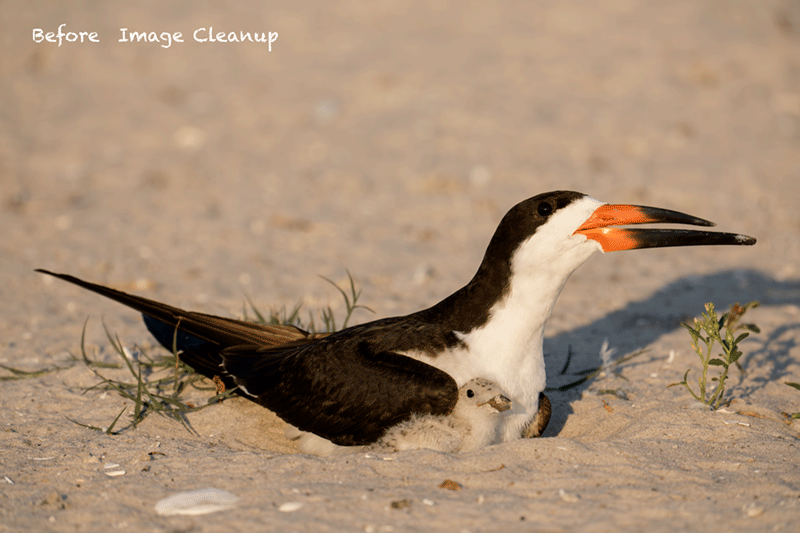
|
Too Bad That They Do Not Award Nobel Prizes for Image Cleanup
I used my usual cadre of cleanup tools to create a more pleasing image. Those primarily included the Patch Tool and the Remove Tool. I finished up by applying a 65-pixel Gaussian Blur that was painted in judiciously (I hope) after the addition of a Hide All (Inverse, or Black) Layer Mask. While the results are quite impressive (he said modestly), the process is actually very easy to learn. All you need to do is master the use of the Tools.
|
|
The BIRDS AS ART Current Workflow e-Guide (Digital Basics II).You can order your copy from the BAA Online Store here, by sending a PayPal for $40 here, or by calling Jim or Jennifer weekdays at 863-692-0906 with your credit card in hand. Be sure to specify Digital Basics II. |
The BIRDS AS ART Current Workflow e-Guide (Digital Basics II)
The techniques mentioned above and tons more great Photoshop tips and techniques — along with my complete digital workflow, Digital Eye Doctor Techniques, and all my personalized Keyboard Shortcuts — are covered in detail in the BIRDS AS ART Current Workflow e-Guide (Digital Basics II), an instructional PDF that is sent via e-mail. Note: folks working on a PC and/or those who do not want to miss anything Photoshop may wish to purchase the original Digital Basics along with DB II while saving $15 by clicking here to buy the DB Bundle.
Please note: the Divide and Conquer technique was inadvertently omitted from DB II. It is detailed in a free excerpt in the blog post here.
Folks who learn well by following along rather than by reading can check out the complete collection of MP 4 Photoshop Tutorial Videos by clicking here. Note: most of the videos are now priced at an amazingly low $5.00 each.
You can learn how and why I converted all of my Canon digital RAW files in DPP 4 in the DPP 4 RAW Conversion Guide here. More recently, I became proficient at converting my Nikon RAW (NEF) files in Adobe Camera Raw. About three years ago I began converting my Nikon and Sony RAW files in Capture One and did that for two years. You can learn more about Capture One in the Capture One Pro 12 Simplified MP4 Video here. The next step would be to get a copy of Arash Hazeghi’s “The Nikon Photographers’ Guide to Phase One Capture One Pro e-Guide” in the blog post here. Today, I convert my Sony raw files in Photoshop with Adobe Camera Raw.
You can learn advanced Quick Masking and advanced Layer Masking techniques in APTATS I & II. You can save $15 by purchasing the pair.
|
|
The Digital Basics III Video Series |
The Digital Basics III Video Series
I realized two years ago that my digital workflow had changed significantly and was toying with the idea of writing a Digital Basics III. More recently, I learned and begun working with two great new Photoshop Tools, the Remove Tool and the Luminance Targeted Adjustment Tool. The former is like a smarter Spot Healing Brush Tool on steroids and the latter is a step up from the fabulous Color Mixer Tool. During that same time frame, I came up with a new and improved 2-step noise reduction technique. I still use Divide and Conquer, Quick Masks, Layer Masks, an expanded array of personalized keyboard shortcuts, and tons of other stuff from both versions of Digital Basics.
As soon as I realized that I did not want to take on another large writing project, I realized that by creating a series of videos I could much more easily share all the details of my current digital workflow and much more easily incorporate additional new tips, techniques, and tools as I went. And so, The Digital Basics III Video Series was born.
You can order your copy here. The videos will be most valuable for folks using the latest version of Photoshop (2024) or Lightroom along with Topaz DeNoise AI and Topaz Sharpen AI.
|
|
Summer bird photography at Nickerson Beach is excellent. |
Nickerson Beach 2025 Educational Opportunities
Please note that prices for both the IPTs and the ITF sessions have been reduced in an effort to attract new blood. Please e-mail for late registration discount info.
|
|
Breeding Black Skimmers, Common Terns, and American Oystercatchers with young. |
Nickerson Beach 4-Day Instructional Photo-Tour (IPT): MON AUG 25 afternoon thru the morning session on FRI AUG 29, 2025: $1899.00.
Three afternoon sessions, three morning sessions, two brunches with Image Review & Photoshop sessions. AirBnB lodging and rides with the leader possible. Please get in touch with questions or to register with an e-mail to samandmayasgrandpa@att.net and please copy birdsasartstaff@gmail.com) just to be sure. It looks as if Will have access to webmail on one of the two office computers. You can also shoot me a text to 863-221-2372.
|
|
Breeding Black Skimmers, Common Terns, and American Oystercatchers with young. |
Morning BAA In-the-Field Instructional Sessions (ITFIS) followed by brunch and an Image Review & Photoshop session: $449.00/per session
Available dates: AUG 10-31, SEPT 1-5, 2025. Please get in touch with an e-mail to samandmayasgrandpa@att.net (and please BCC birdsasartstaff@gmail.com) and/or via a text to 863-221-2372 with questions or to register.
Afternoon BAA In-the-Field Instructional Sessions (ITFIS): $299.00/session.
Available dates: AUG 10-15 & 17-31, SEPT 3-5, 2025. Please get in touch with questions or to register with an e-mail to samandmayasgrandpa@att.net and please copy birdsasartstaff@gmail.com) just to be sure. It looks as if Will have access to webmail on one of the two office computers. You can also shoot me a text to 863-221-2372.
Morning and afternoon sessions may be combined and multiple days of instruction are feasible.
|
|
Morning In the Field Instruction at the East Pond at Jamaica Bay Wildlife Refuge may be available — 7/21-22/25. |
Some of What You Will Learn on a Nickerson Beach IPT
- 1- The basics and fine points of digital exposure; how to get the right exposure every time after making a single test exposure (or before if you are using SONY gear).
- 2- How and why to work in Manual mode (even if you’re scared of it).
- 3- How to approach free and wild birds without disturbing them.
- 4- Lots about bird behavior and how to use that knowledge to help you create better images.
- 6- To spot the good and great situations and to choose the best perspective.
- 7- To see, evaluate, and understand the light.
- 8- To design pleasing images by mastering your camera’s AF system.
- 9- And perhaps most importantly, to evaluate wind and sky conditions and understand how they combine to affect bird photography. You will learn where and when to be (and why).
- 10- More than you could ever imagine.
Typos
With all blog posts, feel free to e-mail or to leave a comment regarding any typos or errors.


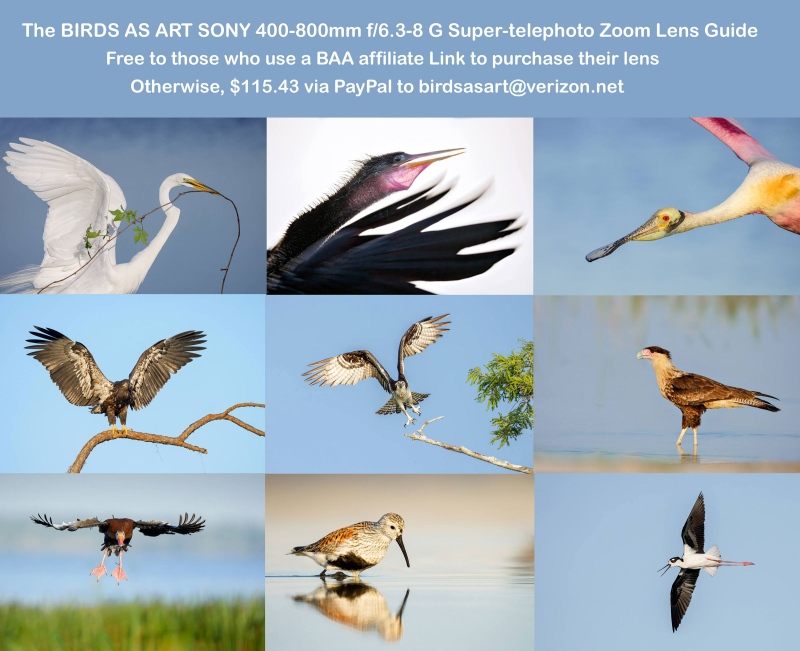
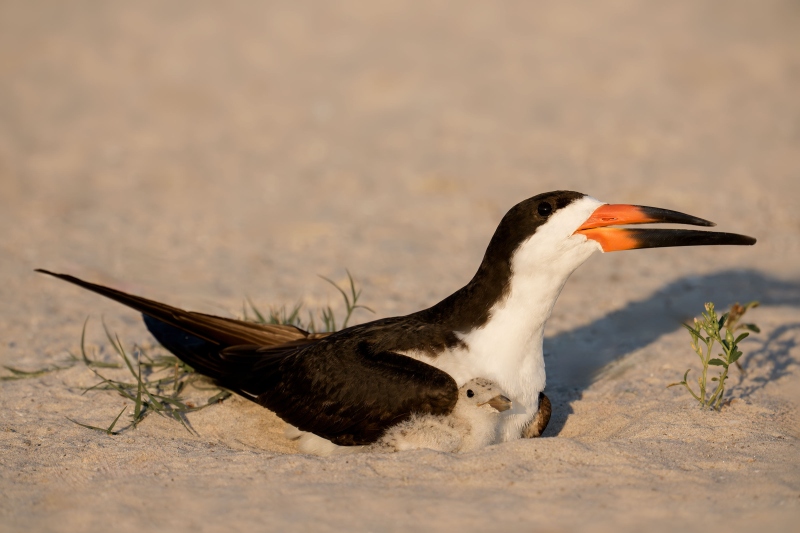
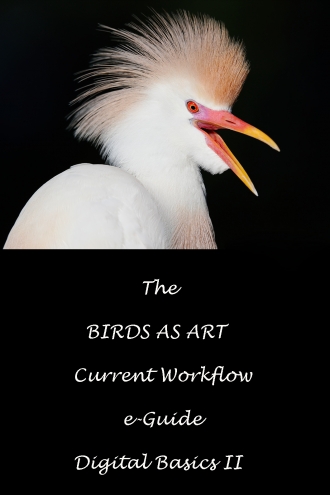
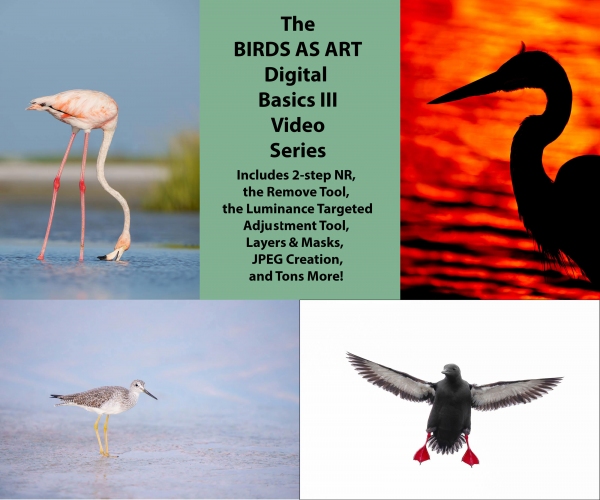
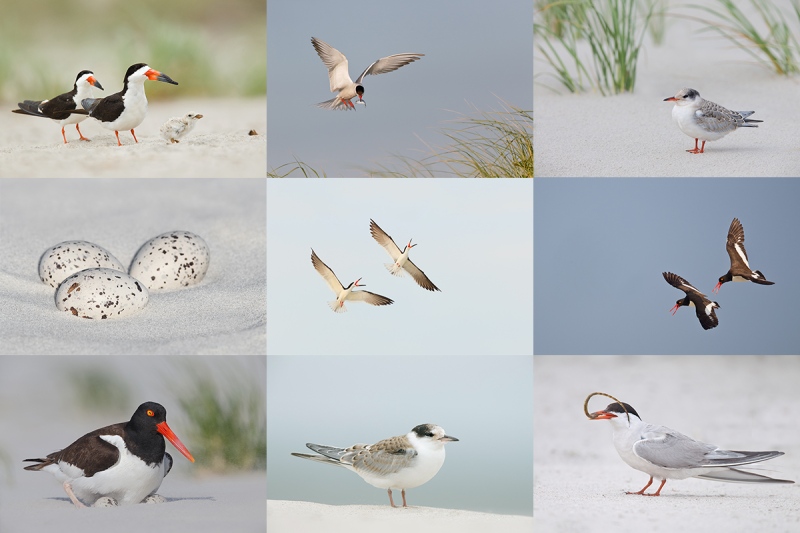
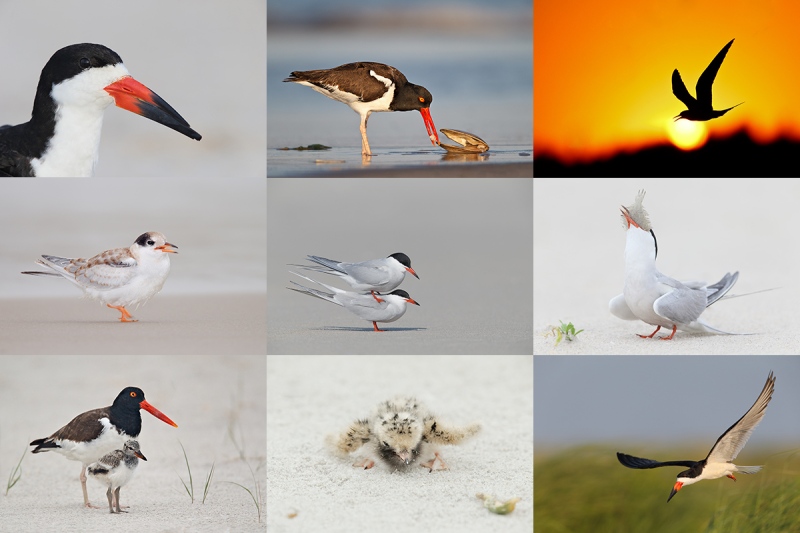
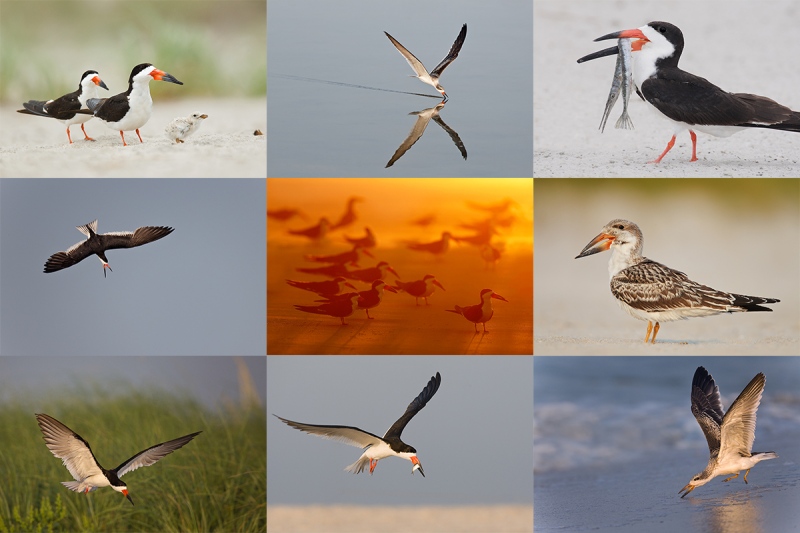
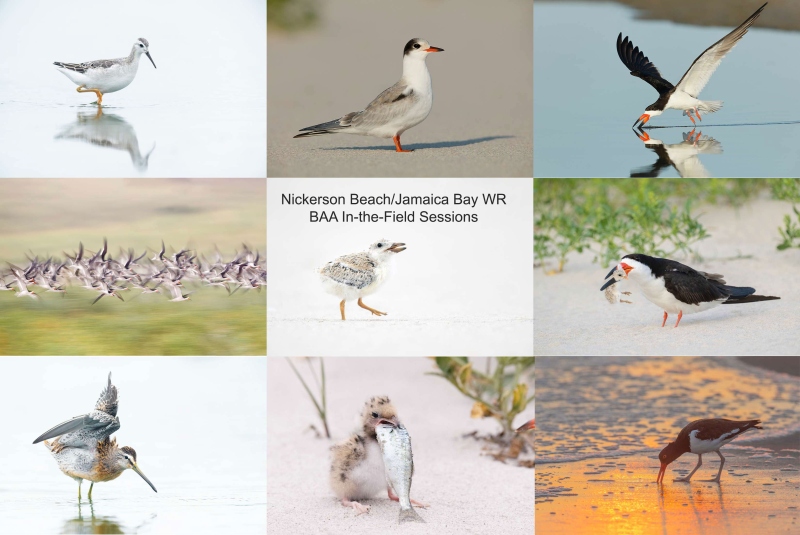






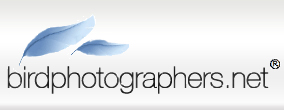

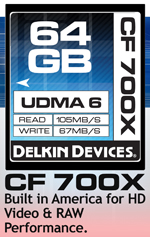
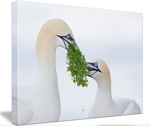
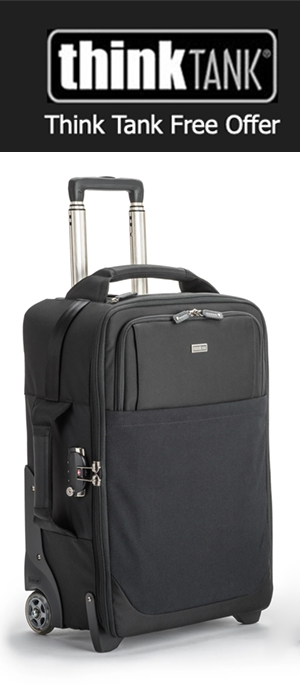


Sweet image, and good job on the cleanup. Looks like the second chick (or egg) is there too.
Thanks Cliff. There were two chicks at that scrape but all I am seeing is the adult’s under tail coverts …
much love, artie
Typos:
“I’ve managed to make a few good ones”
“were created with the Sony 400-800”
The skimmer and chick image is wonderful!
Good catches, Pat. Both are fixed. Much love and have a great time in Africa.
artie